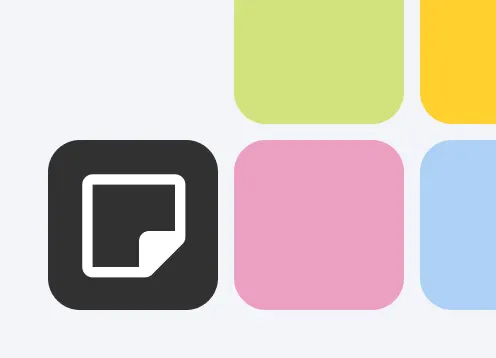All templates
Good, Bad, Ideas, Action, Kudos Retrospective

d.labs
Creating digital ventures at startup speed
Onboarding with d.labs to accelerate product-to-market fit: we offer our expertise in creating and scaling the game-defining digital products you need to compete with market leaders and attract future customers.
Categories
Similar templates
Mad, Sad, Glad (Basic)
1 likes
0 uses

How to: Sticky notes
0 likes
0 uses

Run a Retrospective
83 likes
971 uses

Mad, Sad, Glad (Basic)
1 likes
0 uses

How to: Sticky notes
0 likes
0 uses

Run a Retrospective
83 likes
971 uses
